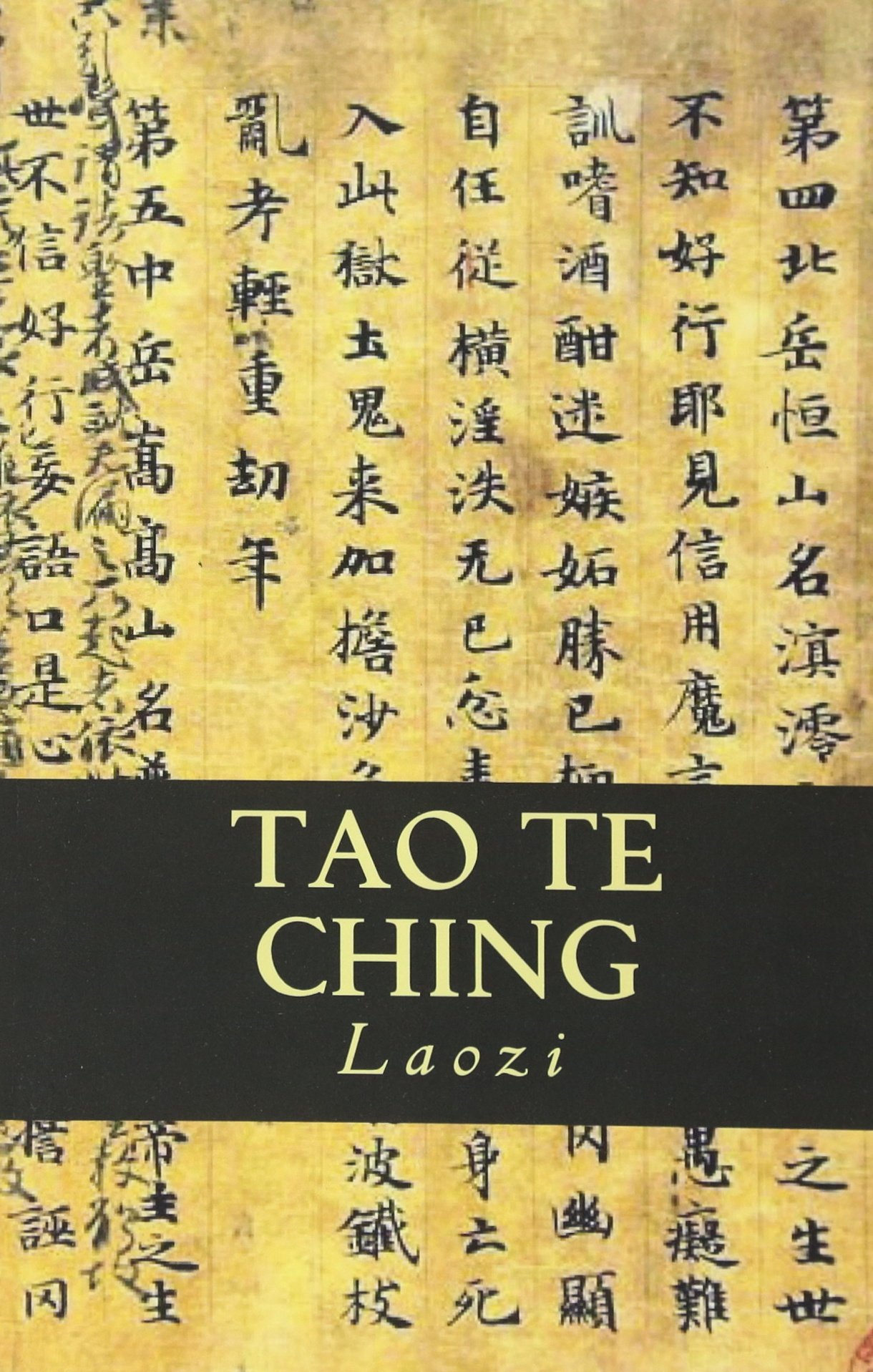

Laozi is a Chinese honorific, generally translated as "the Old Master". And there’s a fairly new reprinting, which means it’s pretty easy to find.Laozi ( / ˈ l aʊ d z ə/, Chinese: 老子), also romanized as Lao Tzu and various other ways, was a semi-legendary ancient Chinese Taoist philosopher, credited with writing the Tao Te Ching. Le Guin’s version of the Tao Te Ching (more excerpts over at Brain Pickings) was a great solace to me for the past four years, so much so that I put it in the recommended reading for Keep Going. “The only thing that makes life possible is permanent, intolerable uncertainty: not knowing what comes next.” “To learn which questions are unanswerable, and not to answer them: this skill is most needful in times of stress and darkness.” This sentence from The Left Hand of Darkness, for example: If you read Le Guin after reading this translation, you realize how many lines from her books could’ve been lifted from Lao Tzu. To me, it is also the deepest spring.”Įvery poem seems to me a subtweet of our crooked world and our lousy, corrupt leaders. Of all the deep springs, this is the purest water. “Funny, keen, kind, modest, indestructibly outrageous, and inexhaustibly refreshing. “It is the most lovable of all the great religious texts,” Le Guin writes. At one point she recited some Robert Frost and some Basho:Įventually we said our goodbyes. I think of this woman now when I pick up the Tao Te Ching, and I wonder how she’s doing. We walked together from section to section. She said a lot of people in her life were dying so she was reading Lao Tzu. We got to talking and discovered we both enjoyed poetry. “Well, you’re in the right place,” I said. He said he was marking which chapters he’d like to have read at his funeral.Ī few years ago, when you could actually shop in a bookstore and talk to strangers, an elderly woman walked up to me in a Half Price Books and said she had nothing to read. Once I saw him making notes from it and asked what he was doing. The book was my father’s he read in it often. It was a venerable object of mystery, which I soon investigated, and found more fascinating inside than out.

The first Tao Te Ching I ever saw was the Paul Carus edition of 1898, bound in yellow clothe stamped with blue and red Chinese designs and characters. In the introduction to her translation of Lao Tzu’s Tao Te Ching, Ursula K.


 0 kommentar(er)
0 kommentar(er)
